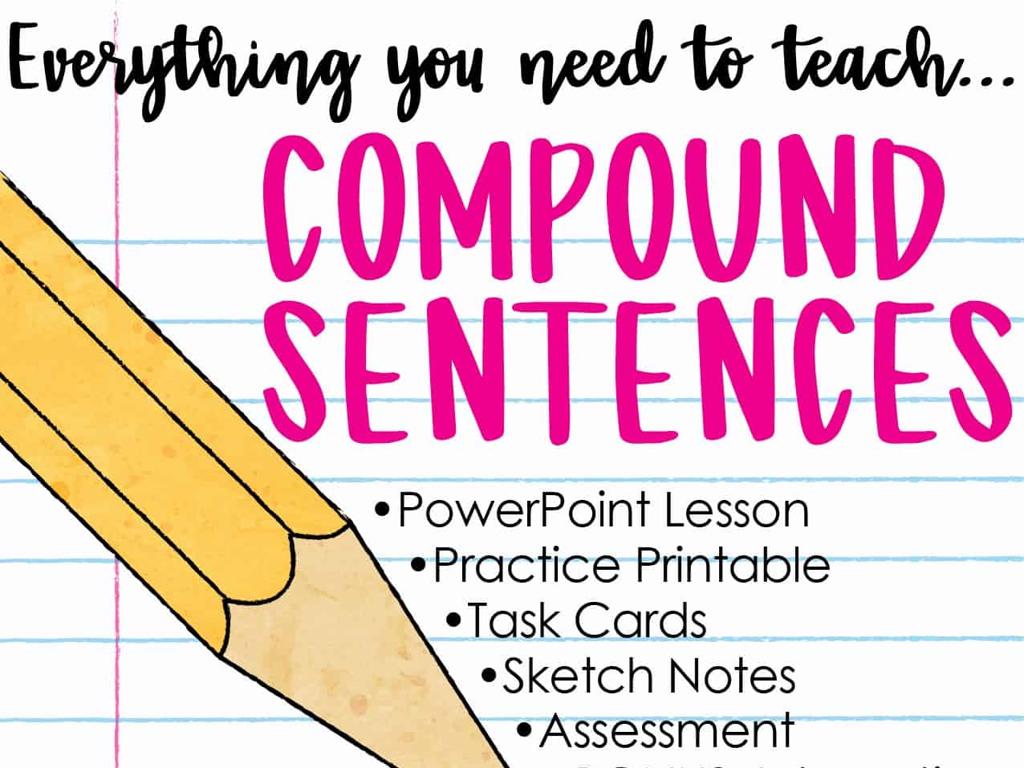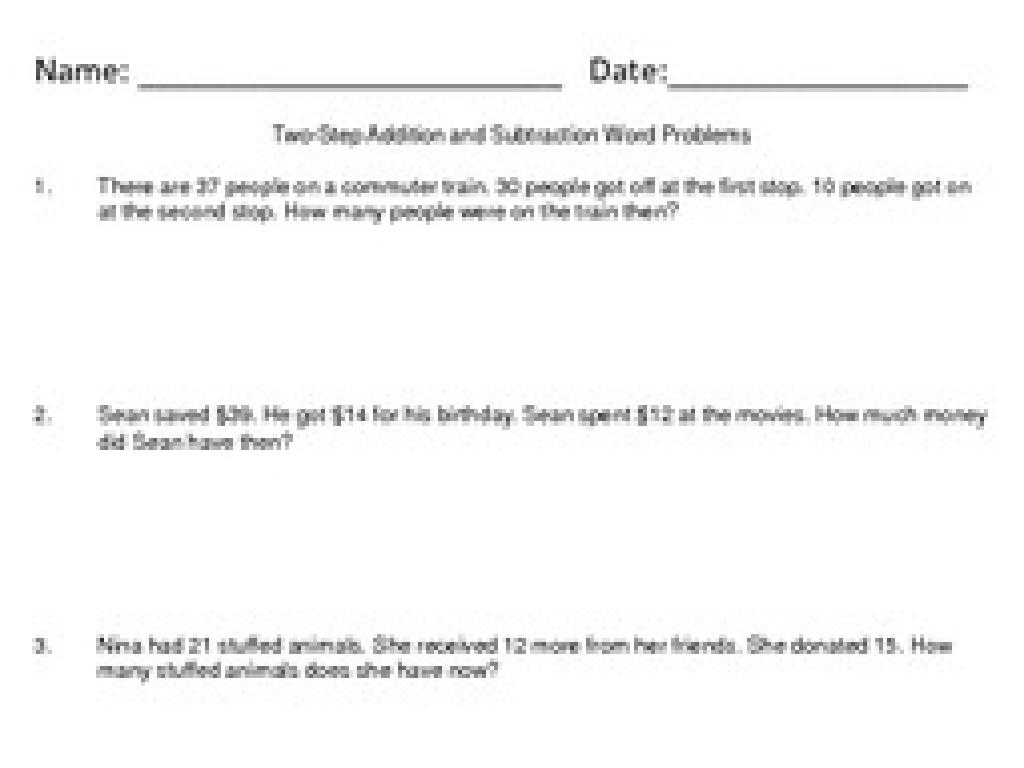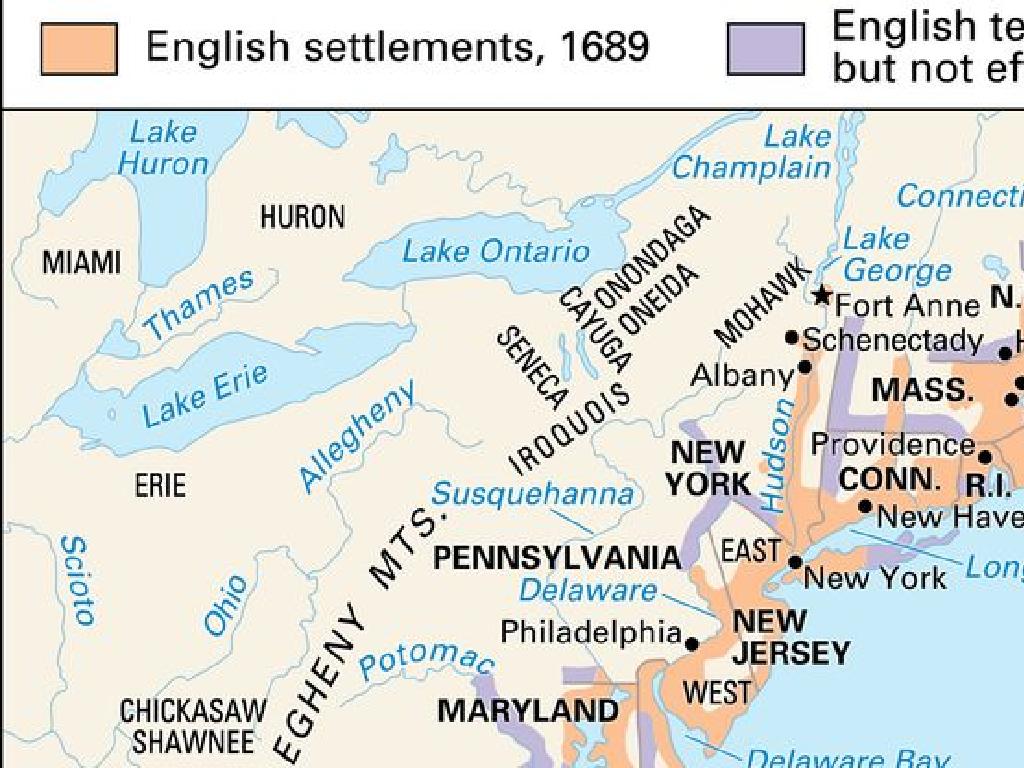The Bill Of Rights
Subject: Social studies
Grade: Seventh grade
Topic: The Constitution
Please LOG IN to download the presentation. Access is available to registered users only.
View More Content
Introduction to the Bill of Rights
– Understanding our fundamental rights
– Exploring the Bill of Rights
– First 10 amendments to the US Constitution
– Significance in the Constitution
– Ensures individual liberties & limits government power
– Protecting citizens’ freedoms
– Safeguards like freedom of speech, religion, and press
|
This slide introduces the Bill of Rights as a crucial element of the United States Constitution. It’s designed to help seventh-grade students understand the importance of the first ten amendments, which collectively enumerate the fundamental rights and freedoms that protect citizens from government overreach. Emphasize the historical context in which the Bill of Rights was created, its role in American democracy, and how it continues to impact their daily lives. Encourage students to think about how these rights play out in current events and in their own experiences. This discussion will set the foundation for a deeper dive into each specific amendment and its relevance today.
The Bill of Rights: America’s Cornerstone
– Origin of the Bill of Rights
– Drafted to protect citizens from government overreach
– The first ten Constitutional amendments
– Fundamental rights like freedom of speech, religion, and more
– Bill of Rights in American history
– A living document shaping democracy and law
– Safeguarding individual liberties
|
The Bill of Rights was created as a response to calls from several states for greater constitutional protection for individual liberties. The first ten amendments to the Constitution make up the Bill of Rights. These amendments outline fundamental rights and freedoms that are essential to the American way of life, such as freedom of speech, religion, and the press, as well as protections against governmental abuses of power. Throughout American history, the Bill of Rights has played a crucial role in law and society, influencing legal decisions and protecting the rights of citizens. It’s important for students to understand how these amendments continue to impact their lives and the fabric of the nation.
First Amendment Freedoms
– Explore the five First Amendment freedoms
– Speech, religion, press, assembly, petition
– Examples of First Amendment rights
– Protesting, publishing articles, practicing faith
– Discuss the freedoms’ daily impact
– These rights shape our society and democracy
– Why these freedoms are foundational
|
This slide aims to introduce students to the fundamental freedoms guaranteed by the First Amendment of the U.S. Constitution. It’s crucial to explain each freedom: speech, religion, press, assembly, and petition, and provide current and historical examples, such as peaceful protests, news articles, and religious ceremonies. Discuss with students how these freedoms affect their lives and why they are essential for a functioning democracy. Encourage them to think of situations where they exercise these rights, fostering an appreciation for the liberties they have. This discussion will help students recognize the value of the First Amendment in protecting individual expression and the collective voice of the people.
The Bill of Rights: Amendments 2-10
– 2nd to 10th Amendments overview
– Explore rights like bearing arms, privacy, and trials
– Right to bear arms & privacy
– 2nd Amendment allows for armed self-defense
– Ensuring a fair trial
– 6th Amendment guarantees a fair legal process
– Individual protection by rights
– Rights shield us from government overreach
|
This slide aims to provide students with an understanding of the rights and protections offered by the 2nd to 10th Amendments of the U.S. Constitution. Discuss each right briefly, such as the right to bear arms for self-defense, the expectation of privacy in one’s own home, and the right to a fair and speedy trial. Emphasize how these rights are designed to protect individuals from excessive government power and ensure personal freedoms. Encourage students to think about how these rights impact their daily lives and the importance of these protections in a democratic society.
The Bill of Rights Today
– Relevance in the 21st century
– The Bill of Rights still guards our freedoms today, like speech and privacy.
– Current events and rights protection
– Recent news shows how these rights are defended or challenged.
– Digital age and our rights
– How does the Bill of Rights apply to internet privacy and digital communication?
|
This slide aims to connect the historical Bill of Rights to contemporary issues faced by students in the 21st century. Discuss how the first ten amendments of the U.S. Constitution, known as the Bill of Rights, continue to protect citizens’ fundamental freedoms. Highlight recent news stories where these rights have come into play, such as debates over free speech on social media or privacy in the digital realm. Encourage students to think critically about how the principles established over two centuries ago remain relevant and are interpreted in today’s digital landscape. This will help them appreciate the enduring nature of the Constitution and the ongoing importance of civic awareness and engagement.
Case Studies: The Bill of Rights in Action
– Landmark Supreme Court cases
– Explore how cases like Miranda v. Arizona have defined our rights
– Interpretation of amendments
– How courts’ decisions clarify the Bill of Rights
– Cases’ impact on society
– Discuss changes in laws and daily life due to these cases
– Understanding our rights
|
This slide aims to delve into how the Bill of Rights is applied in real life through landmark Supreme Court cases. Students will explore how cases such as Miranda v. Arizona, which established Miranda rights, have helped interpret the amendments in the context of modern issues. Discuss how these interpretations have shaped American society, influencing both legislation and the daily lives of citizens. Emphasize the importance of understanding these cases to fully grasp the extent and limits of our rights. Encourage students to think critically about how these cases continue to affect their lives and the fabric of American society.
Class Activity: Bill of Rights in Action
– Engage in role-play scenarios
– Act out how amendments impact daily life
– Discuss hypothetical situations
– Use given scenarios to explore rights
– Debate on current events
– Relate amendments to news stories
– Reflect on the importance of amendments
– Understand how rights shape society
|
This interactive class activity is designed to help students apply their knowledge of the Bill of Rights to real-life and hypothetical situations. Divide the class into small groups and assign each a different scenario where they role-play to demonstrate how a specific amendment might be applied. Facilitate group discussions on these scenarios, encouraging students to think critically about the rights and freedoms involved. Move on to a class debate on a current event that involves one of the amendments, helping students to connect historical content with the present day. Conclude with a reflection on how the Bill of Rights continues to influence and protect citizens today. Possible activities: 1) Role-play a freedom of speech scenario, 2) Group discussion on the right to privacy, 3) Debate on gun control relating to the Second Amendment, 4) Analyze a current court case involving the First Amendment.
Reflecting on the Bill of Rights
– Recap the Bill of Rights
– Summarize the 10 amendments
– Importance of knowing our rights
– Rights protect freedom and ensure justice
– Engage in class discussion
– Share thoughts and ask questions
– Reflect on today’s learning
|
This slide aims to consolidate the students’ understanding of the Bill of Rights. Begin by summarizing the 10 amendments, emphasizing their role in protecting individual freedoms and the principles of justice. Highlight the importance of being aware of our rights to maintain a fair and democratic society. Facilitate a class discussion, encouraging students to share what they’ve learned and to ask any lingering questions. This reflection will help reinforce their knowledge and the significance of the Bill of Rights in their daily lives. Use this opportunity to assess comprehension and to promote critical thinking about the role of these amendments in current events.






